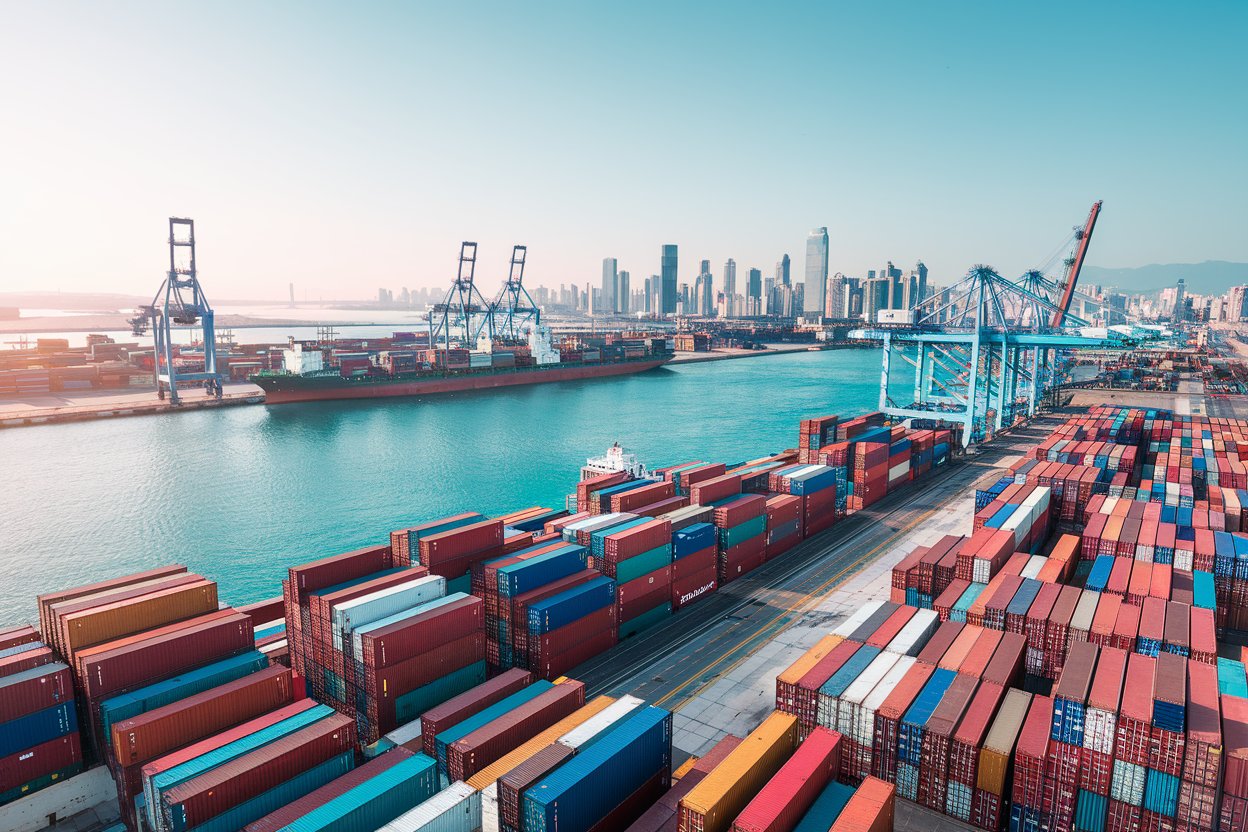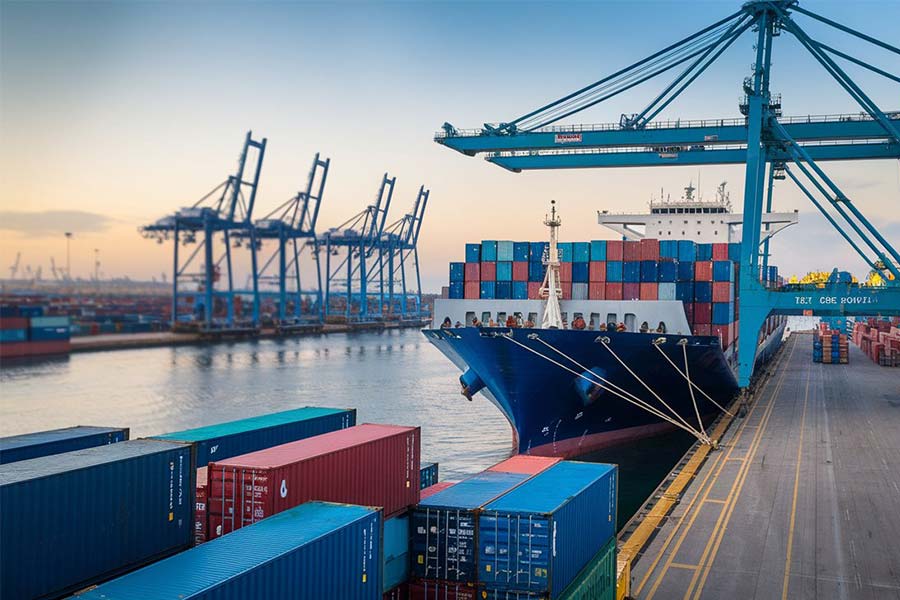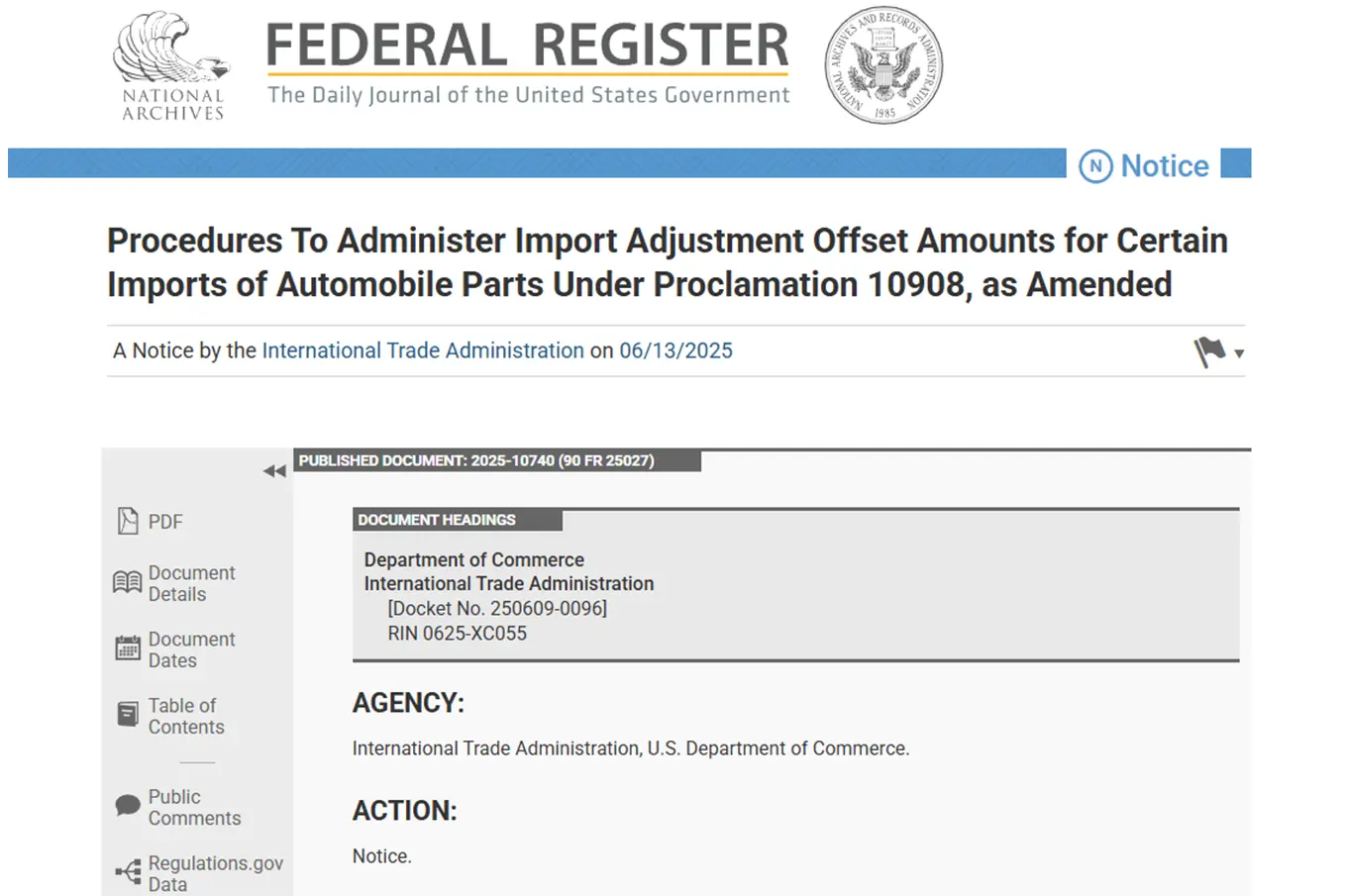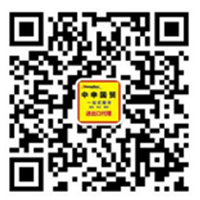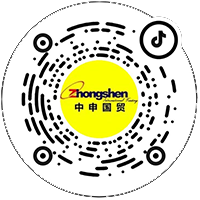- 20 Years of Expertise in Import & Export Solutions
- +86 139 1787 2118
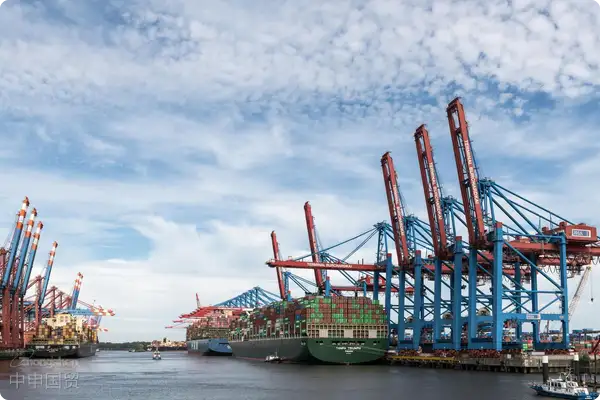
Japanese Imported Cranes: Embark on an Efficient Import Journey
Amid the thriving global trade, importing cranes from Japan holds significant importance, whether for industrial enterprises expanding their equipment or for traders exploring new markets. However, the import process is not without challenges, involving numerous complex steps such as document processing, logistics arrangements, navigating trade conditions, and product certifications. Next, let's delve into every aspect of importing cranes from Japan.
Professional document handling, safeguarding your imports.
Documents are a key element in international trade. For importing cranes from Japan, accurate and complete document processing is the foundation for smooth customs clearance. A commercial invoice is indispensable, as it must detail the crane's specifications, model, quantity, value, and other information, serving as a crucial basis for customs valuation and taxation. The packing list should clearly describe the packaging of each component of the crane, including packaging materials, dimensions, weight, etc., to facilitate customs inspection of the goods.
The bill of lading, as a document of title to the goods, is of paramount importance. When selecting the type of bill of lading, it should be determined based on the trade contract and the actual transportation situation, such as the commonly used?Ocean shipping?Bills of lading are categorized into straight bills of lading, bearer bills of lading, and order bills of lading. Order bills of lading are widely used due to their flexibility in international trade.
We possess profound professional expertise in document processing, meticulously reviewing each document to ensure compliance with international standards and the customs requirements of the destination country. From verifying the format specifications of invoices to scrutinizing the terms of bills of lading, we leave no detail unchecked to prevent delays or penalties caused by documentation issues.
Optimize logistics arrangements to ensure timely delivery of goods.
The logistics process plays a connecting role in importing cranes from Japan. From Japanese ports to domestic destinations, a well-planned logistics solution can effectively reduce costs and improve efficiency. Sea freight is the primary transportation method for importing cranes due to its large capacity and relatively low cost. When selecting a shipping company, it is essential to comprehensively evaluate factors such as route coverage, schedule reliability, and service quality.
For example, some well-known shipping companies have established dense route networks between major Japanese ports such as Tokyo and Yokohama and major domestic ports, offering relatively fixed sailing schedules, which is crucial for ensuring the timely transportation of cranes. At the same time, attention must be paid to the safety measures during cargo loading, unloading, and transportation. As large-scale equipment, cranes must be securely fastened during loading to prevent damage caused by turbulence during maritime transport.
After domestic customs clearance, land transportation and distribution should not be overlooked. It is essential to choose a logistics company with extensive experience in oversized cargo transportation to ensure that the crane can be delivered safely and accurately to the end user. Leveraging years of logistics resource integration capabilities, we have established long-term and stable partnerships with major shipping companies and logistics providers, enabling us to tailor the most optimized logistics solutions for our clients.
Challenges and Opportunities in the Context of International Trade
The current international trade situation is complex and volatile, posing numerous challenges to importing cranes from Japan. The rise of trade protectionism has led various countries to implement a range of trade restriction measures, such as increasing tariffs and setting up technical barriers. Taking Japan as an example, its crane exports may be affected by domestic export control policies, while China may also impose stricter inspection and quarantine standards on imported cranes due to trade frictions.
However, challenges coexist with opportunities. With the advancement of the Belt and Road Initiative, regional economic cooperation continues to strengthen, creating new prospects for import trade. In Asia, the implementation of the Regional Comprehensive Economic Partnership (RCEP) has provided more favorable tariff policies and more convenient trade rules among member countries, including Japan. This is expected to reduce tariff costs and simplify customs clearance procedures for importing Japanese cranes.
In the face of complex trade conditions, we closely monitor the policy dynamics of various countries and promptly adjust our import strategies. By thoroughly studying the terms of trade agreements, we strive to secure the maximum policy benefits for our clients while actively addressing various trade barriers to ensure the smooth progress of import operations.
Import Process and Solutions for the Southeast Asian Market
If the imported Japanese crane is destined for the Southeast Asian market, there are unique processes and considerations. First, regarding market access, different Southeast Asian countries have varying regulations and standards for crane imports. For example, in Indonesia, imported cranes must comply with the local national standard SNI and pass inspections by local certification bodies. In Malaysia, in addition to meeting relevant safety standards, attention must also be paid to the application process for import permits.
The import process is roughly as follows: After signing the trade contract, the seller prepares the shipment while the buyer needs to proceed with applying for an import license (if required). Upon the goods' arrival at the destination port, customs declaration and inspection must be carried out. During customs clearance, accurate commercial invoices, packing lists, bills of lading, and other documents must be provided, along with payment of tariffs and value-added tax in accordance with local customs regulations. Inspection ensures that the crane complies with local quality and safety standards.
For the Southeast Asian market, we provide comprehensive solutions. We thoroughly understand the regulatory policies of each country and assist clients in advance with preparing relevant certification materials and license applications. During the transportation of goods, we leverage our local logistics network resources to ensure swift customs clearance and delivery. Additionally, we have established strong cooperative relationships with local inspection agencies to expedite the inspection process and minimize cargo dwell time at ports.
VTB in the Russian market?Foreign exchange settlement?Advantages
If the trade of importing Japanese cranes involves the Russian market, our company possesses unique VTB foreign exchange settlement advantages. Foreign exchange settlement is a crucial aspect of international trade, as it pertains to the security and recovery of funds. In trade with Russia, VTB Bank, as a major financial institution in Russia, offers numerous advantages.
Generally speaking, the foreign exchange settlement process is as follows: After the goods are delivered and the relevant documents are handed over, the seller collects payment from the buyer through the bank. When using VTB for foreign exchange settlement, its efficient clearing system can shorten the time for funds to arrive. Due to VTB's extensive branch network and solid business foundation in Russia, its credit review for both trading parties is relatively flexible, which can reduce transaction risks caused by cumbersome bank procedures to a certain extent.
We have established a long-term and stable cooperative relationship with VTB Bank and are familiar with its foreign exchange settlement procedures and regulations. We can provide clients with professional guidance on foreign exchange settlement, assist in preparing relevant documents, and ensure the safe and swift settlement of funds, offering robust financial support for trade with Russia.
Product certification assistance, facilitating compliant imports.
For importing cranes from Japan, product certification is an indispensable step. Different countries and regions have varying certification requirements for cranes. In China, cranes must obtain the Special Equipment Manufacturing License certification to ensure their safety performance complies with national standards. In Europe, the CE certification serves as a passport for entering the EU market.
Although we do not directly handle certification services, we possess extensive experience and can accurately inform clients of the required certification types while assisting in the preparation of relevant materials. We maintain close contact with professional certification bodies, staying informed about certification processes and the latest standards. This enables us to provide practical advice to clients, helping them smoothly pass certifications and achieve compliant imports.
Importing cranes from Japan, despite numerous challenges, can be achieved with confidence through our professional documentation handling, optimized logistics arrangements, precise grasp of international trade dynamics, and attentive product certification assistance. Particularly leveraging the VTB settlement advantage in the Russian market and offering specialized solutions for the Southeast Asian market, we are committed to providing clients with one-stop import services to facilitate their success in international trade.
Recommended for You
Contact Form
? 2025. All Rights Reserved.
